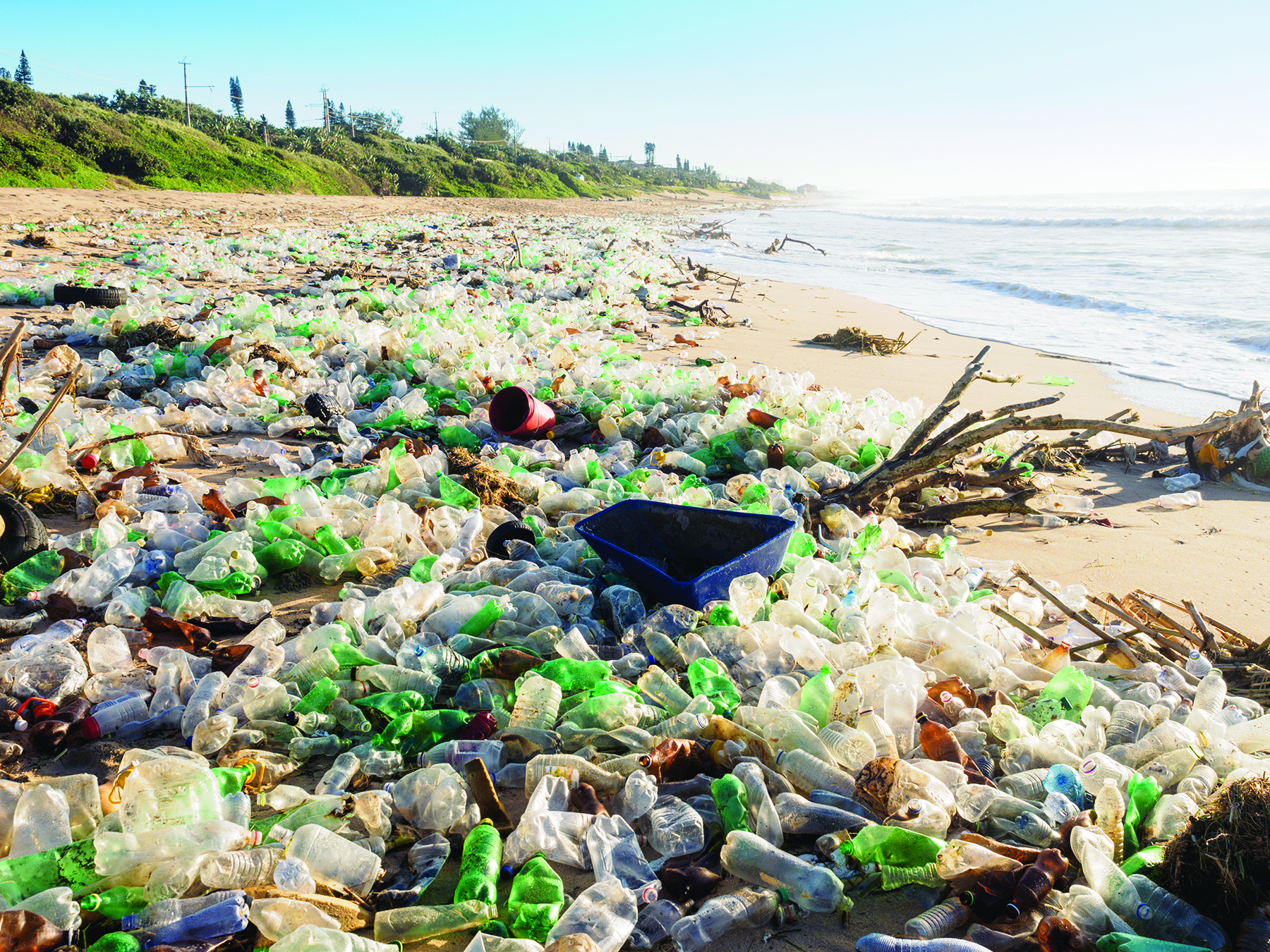
In January, international media reported that nanoplastic pollution had been detected at the North and South Poles for the first time.
Scientists said it was proof that tiny plastic particles are now pervasive around the world.
Experts say that nanoparticles are smaller and more toxic than microplastics, which have already been found across the globe. At the moment the impact of both types of plastic on people’s health is unknown.
In the Cayman Islands many of us are already very concerned about plastic, especially ocean plastics.
Whilst it’s tough to say exactly how much plastic is in the ocean, America’s National Ocean Service says scientists think about 8 million metric tons of plastic entered the ocean in 2010. That’s the weight of nearly 90 aircraft carriers, and the problem continues to grow. Today National Geographic estimates there are 5 trillion pieces of plastic floating in our seas and that doesn’t include the micro and nanoplastics.
Unlike some other kinds of waste, plastic doesn’t decompose in the ocean. Instead it gets broken down into micro and nanoplastics. This means plastic can stick around indefinitely, causing all kinds of problems for marine animals and environments.
This isn’t a new problem. Plastic started to become widely used in the middle of the last century. Plastic production hit 1.5 million metric tons by 1950, and it was roughly a decade later that scientists realised it was polluting our oceans. According to the Smithsonian, marine scientists noted the problem in the 1960s, when they discovered plastic pieces in the stomachs of dead seabirds. They turned up similar results in plankton, whales, and dolphins and since then the situation has got worse.
Today many of us are familiar with pictures of turtles and dolphins tangled in plastic fishing nets or other plastic debris. On our island nation this is a subject that many of us are very concerned about.
So, what can we all do to prevent more plastic entering our seas? Well here are a five simple changes that can make a real difference:
1. Reduce your use of single-use plastics
Single-use plastics include plastic bags, water bottles, straws, cups, utensils, dry cleaning bags, take-out containers, and any other plastic items that are used once and then discarded. So why not use a shopping ‘bag for life’ or swap you plastic bottle of water for a refillable water bottle that you can top-up on the go.
2. Recycle
If you have recycling facilities where you live ensure you separate plastic bottles and recycle them. In Cayman we only recycle plastic types 1 and 2 (see triangle symbol on the bottom). You cannot recycle Styrofoam, plastic film and plastic types 3, 4, 5, 6 and 7. It goes without saying that you should also recycle glass bottles and metal cans. Find out more about recycling in Cayman.
3. Take part in a beach clean-up
Help remove plastics from the ocean and prevent them from getting there in the first place by participating in a clean-up. These occur monthly in Cayman and are organised by Plastic Free Cayman.
4. Avoid products containing microbeads
Tiny plastic particles, called “microbeads,” are a big source of ocean plastic pollution. They are found in some face scrubs, toothpastes, and bodywashes. Try and avoid products containing microbeads by looking for “polyethylene” and “polypropylene” on the ingredient labels of your cosmetic products
5. Lead by example
One of the best ways to create a change is to lead by example and create a ripple effect that will inspire those around you to take action too. Our actions often rub-off on each other, so why not get friends and family to follow your example.
One of the benefits of the ReGen is that any plastic that is collected in Cayman will be prevented from entering the seas around our islands and will be used to create energy to power our homes and businesses.
